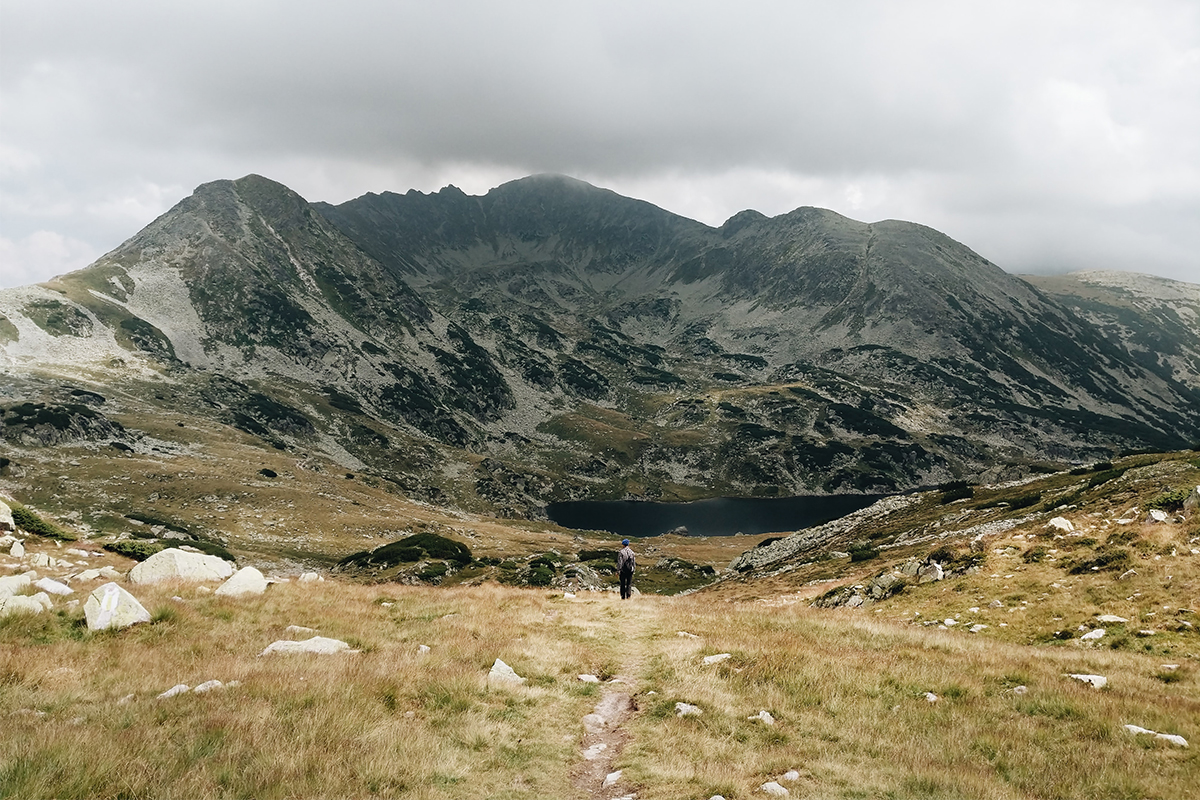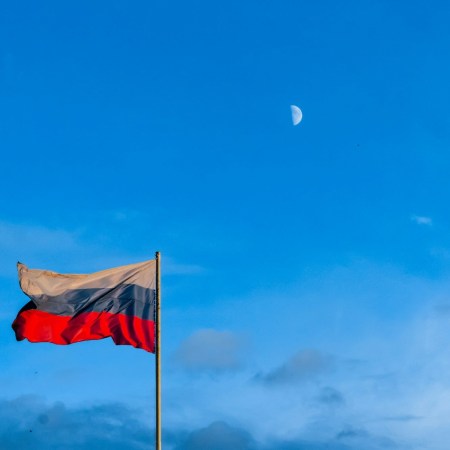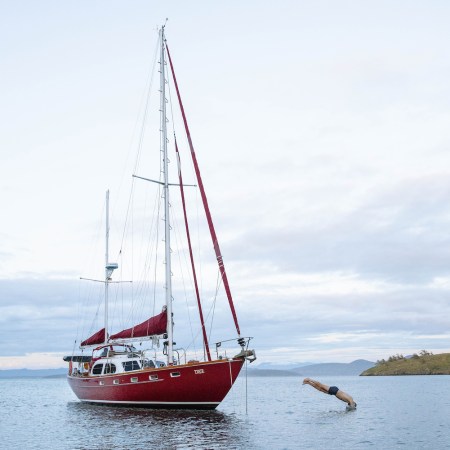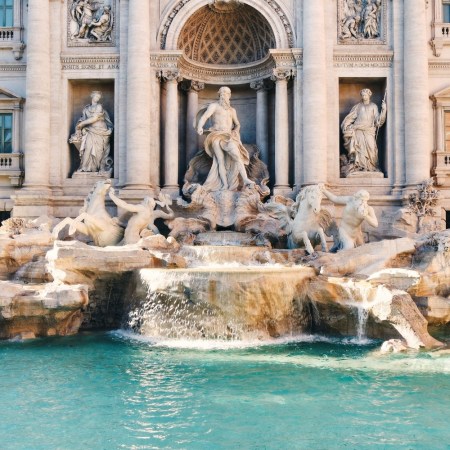Going on four years now, an organization in Romania called the Foundation Conservation Carpathia (FCC) has poured time and resources into protecting the country’s Carpathian forests. Located in the Transylvanian Alps, the region is known for postcard valleys, jagged peaks and prospering biodiversity. Larger mammals that face existential threats in most corners of the world — brown bears, wolves, wild boar — roam the area.
Since 2018, adventure photographer Nicholas J.R. White has been documenting this place; his work was recently featured in The New York Times. Looking at some of his photos without context, you might think you’re looking at a quintessential shot of a park in the American West. Members of Romania’s FCC are aware of the land’s beauty and determined to help it reach its potential.
Sitting on the Black Sea and bordered by Moldova, Ukraine, Serbia and Bulgaria, Romania has more untouched land than most European countries. The tricky part is making sure it stays protected. Romania currently has just 12 national parks or preserved public lands. A Southern Carpathians park, though, could be the country’s Yellowstone. It would be a massive win for the country specifically, and conservationists the world over. Nature tourism was already surging before the pandemic. Once the world reopens, expect travelers to seek out wide open spaces like never before.
Unlike Yellowstone, of course — which was founded in 1872, as America’s first national park — the origin story of this potential park is playing out on social media. White’s photos document the efforts of FCC workers as they put a stop to illegal practices like logging or poaching, set aside leases for hunting and go about daily chores, from collecting bear scat to replanting spruce trees. After 10 trips to the area, White does have some conclusions. He wrote in the Times: “Creating a national park, I’ve learned, takes time. Progress is slow, and there will likely be many more unforeseen roadblocks standing between the foundation and the fully realized dream of a European Yellowstone.”
Ultimately, though, White sees this project as an “international blueprint” for how to open a national park in the 21st century. Once the FCC officials have safely secured and preserved enough of the region, they plan to officially make their landholdings public. Don’t be surprised if neighboring Eurasian nations, especially those in Eastern Europe — where once-seized land has been redistributed in recent years — begin to follow this model.
Thanks for reading InsideHook. Sign up for our daily newsletter and be in the know.



















